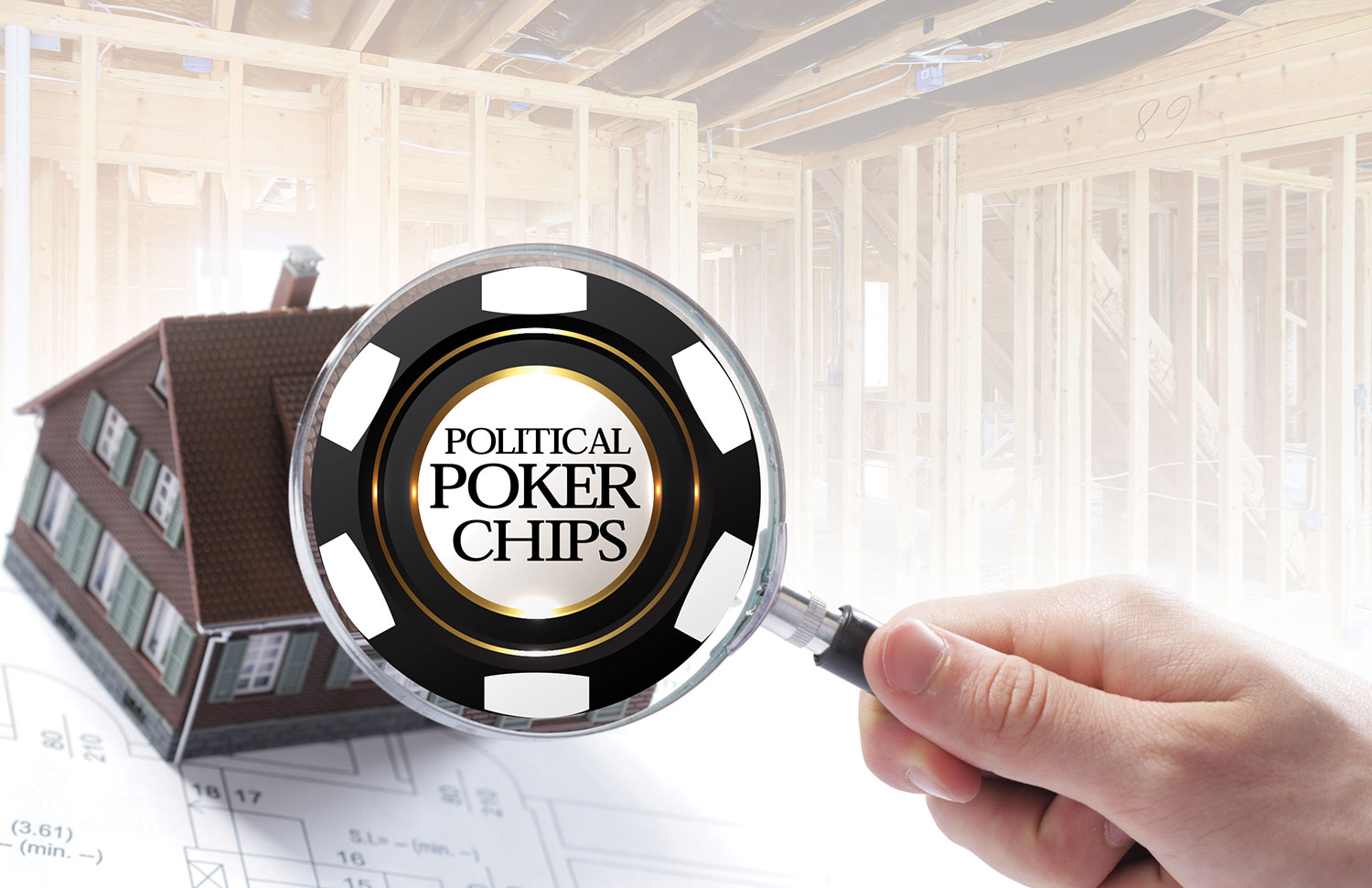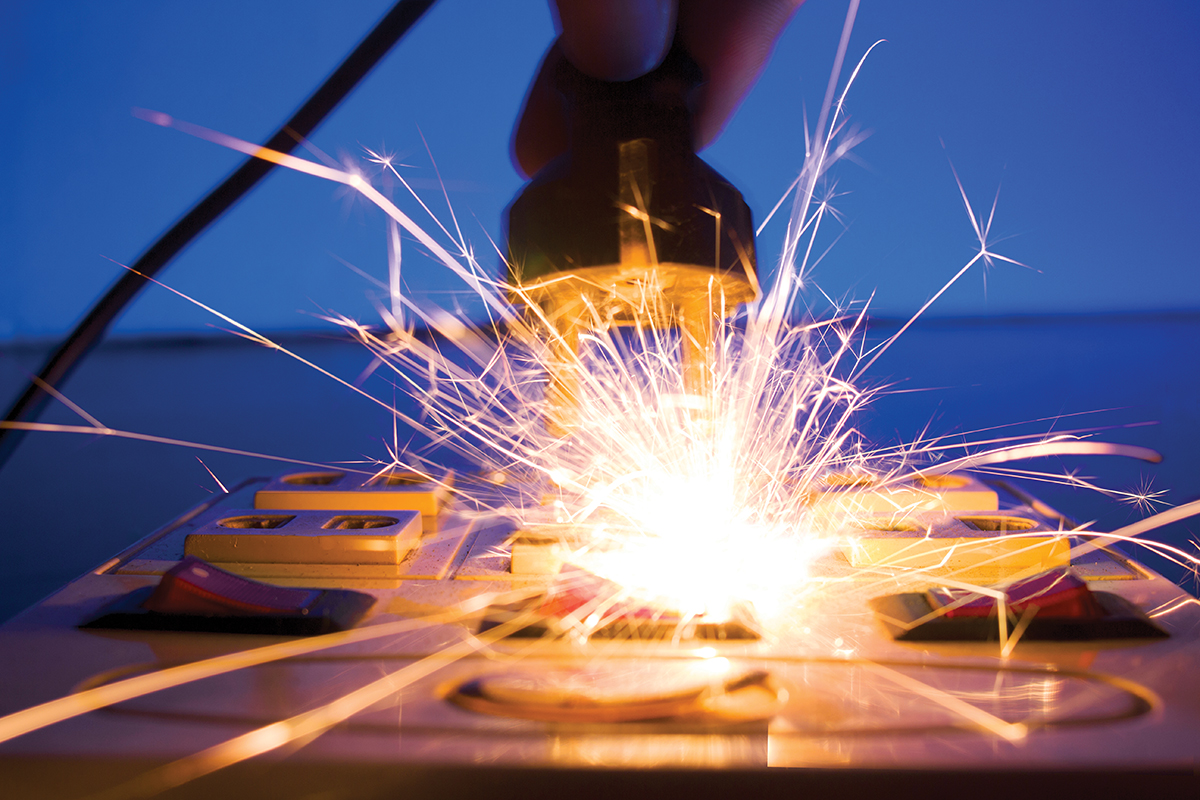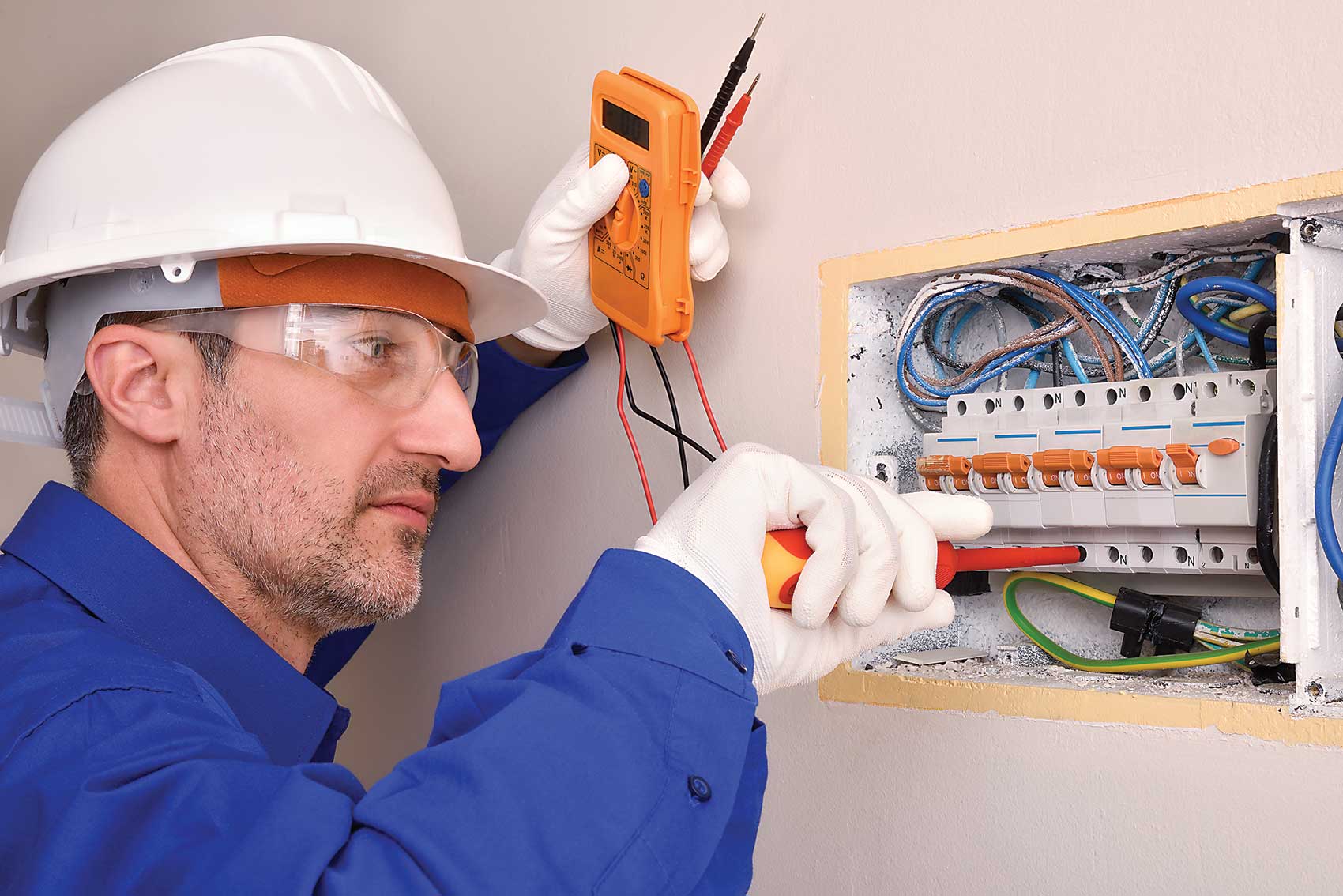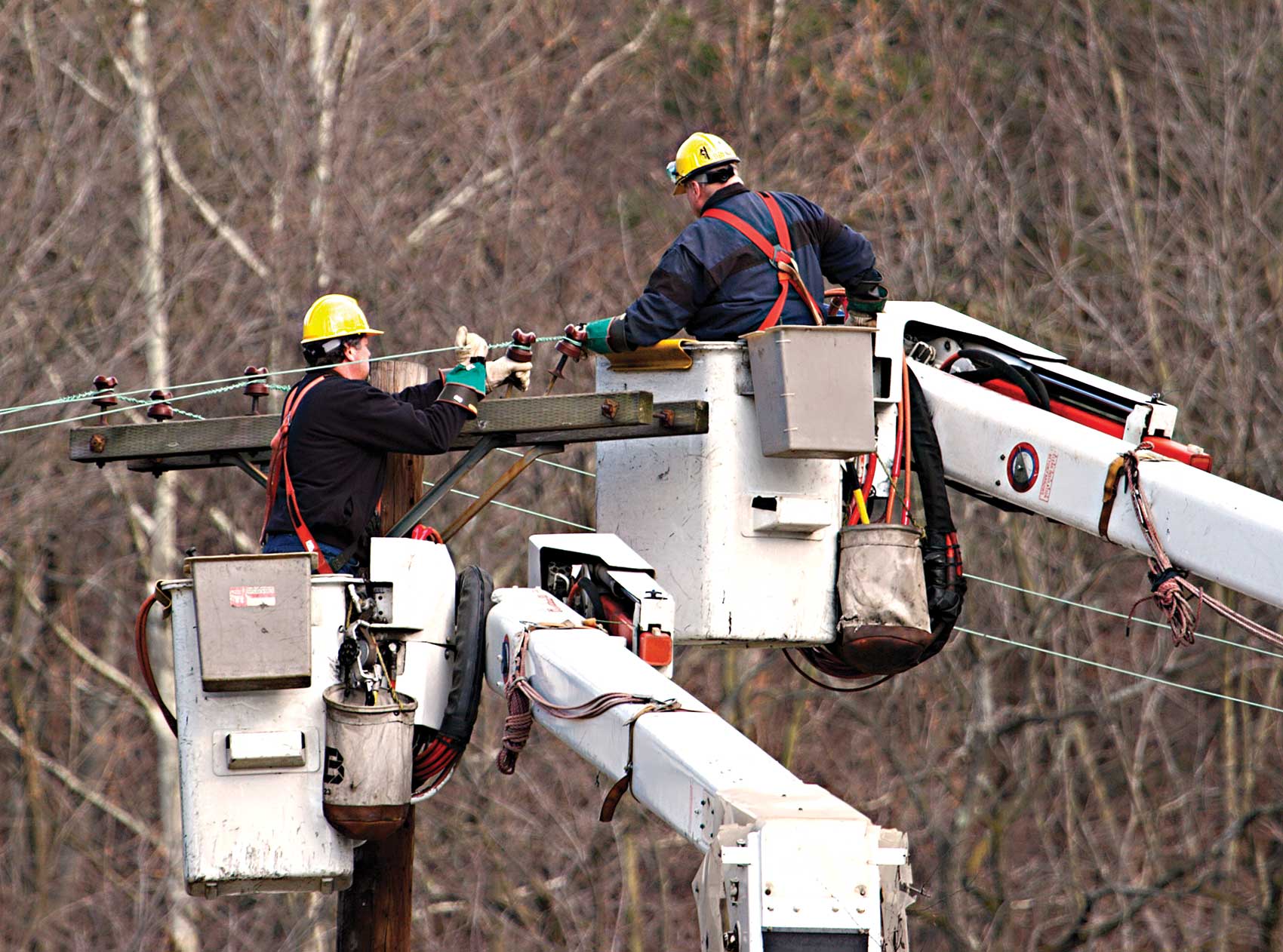Absence of voltage testing is a vital step in the process of verifying and establishing a de-energized state of any electrical system.
Ask any code official who does this job long enough, or even a short time, and they will tell you that many times in their career, the building codes have been used as a “political poker chip,”
As an inspector, I take the National Electrical Code (NEC) very seriously. I have come to realize how important each and every item in this book are to electrical safety and protecting those who use electricity on a daily basis.
A seemingly safe place to hang a metal necklace could have spelled disaster through no fault or understanding of her own. Under the right circumstances, accidental electrocution or a fire could have resulted.
Understanding key safety concerns for pre-lit artificial trees is equally important because these trees can also be a significant source of fuel if ignited.
More than 90% of electrical fatalities among US workers are due to electrical shock. This number does not even account for the large proportion of injuries and fatalities that are often misclassified under a different cause of death.
As we honor National Electrical Safety Month this May, it’s a reminder that the same level of commitment to safety from electrical hazards is important every day. After all, lives are depending on our commitment to safety at work and home.
Most, if not all of us, have some type of familiarity with the Occupational Health and Safety Administration (OSHA). But how familiar are you with the background of OSHA? Why was it established? What are the regulations associated with the electrical industry? Are they involved with NFPA 70E, Electrical Safety in the Workplace? Continue reading for the answers to these and other construction industry-related safety questions.
ESFI is currently reviewing OSHA reports to provide a definitive narrative of what occupations and actions are causing the electrical fatalities. By studying the occupations with the most electrical injuries and fatalities, ESFI is able to focus its efforts on creating materials targeted to those industries.














